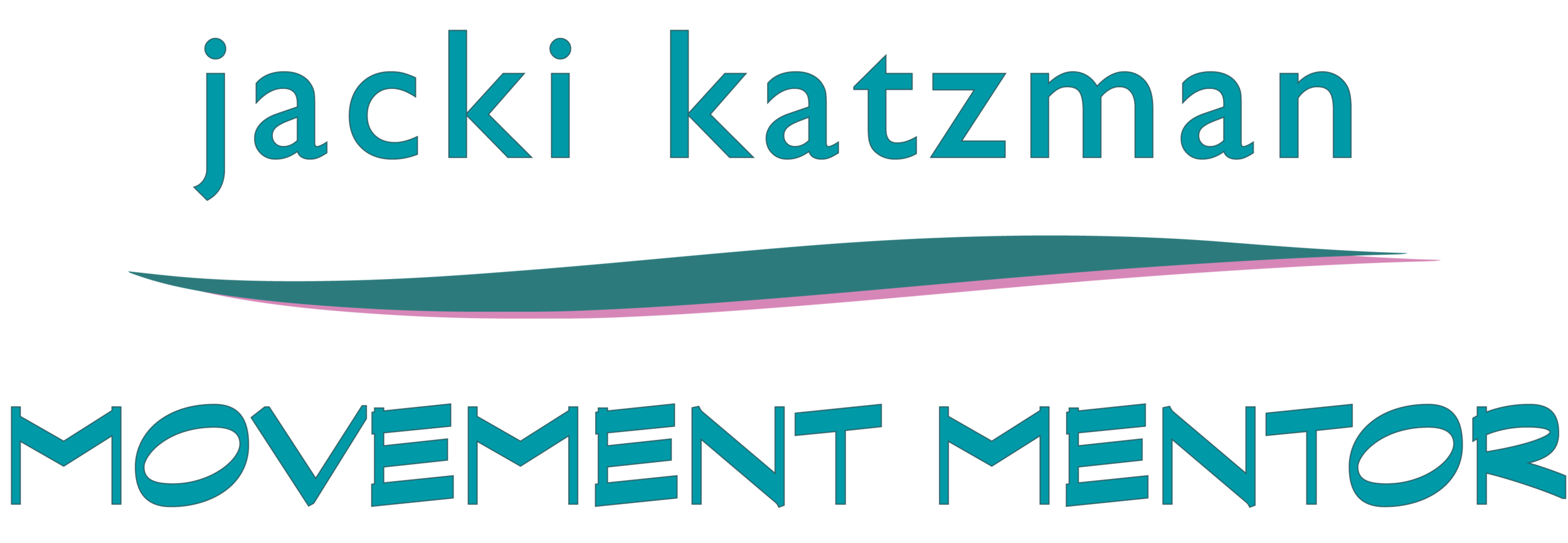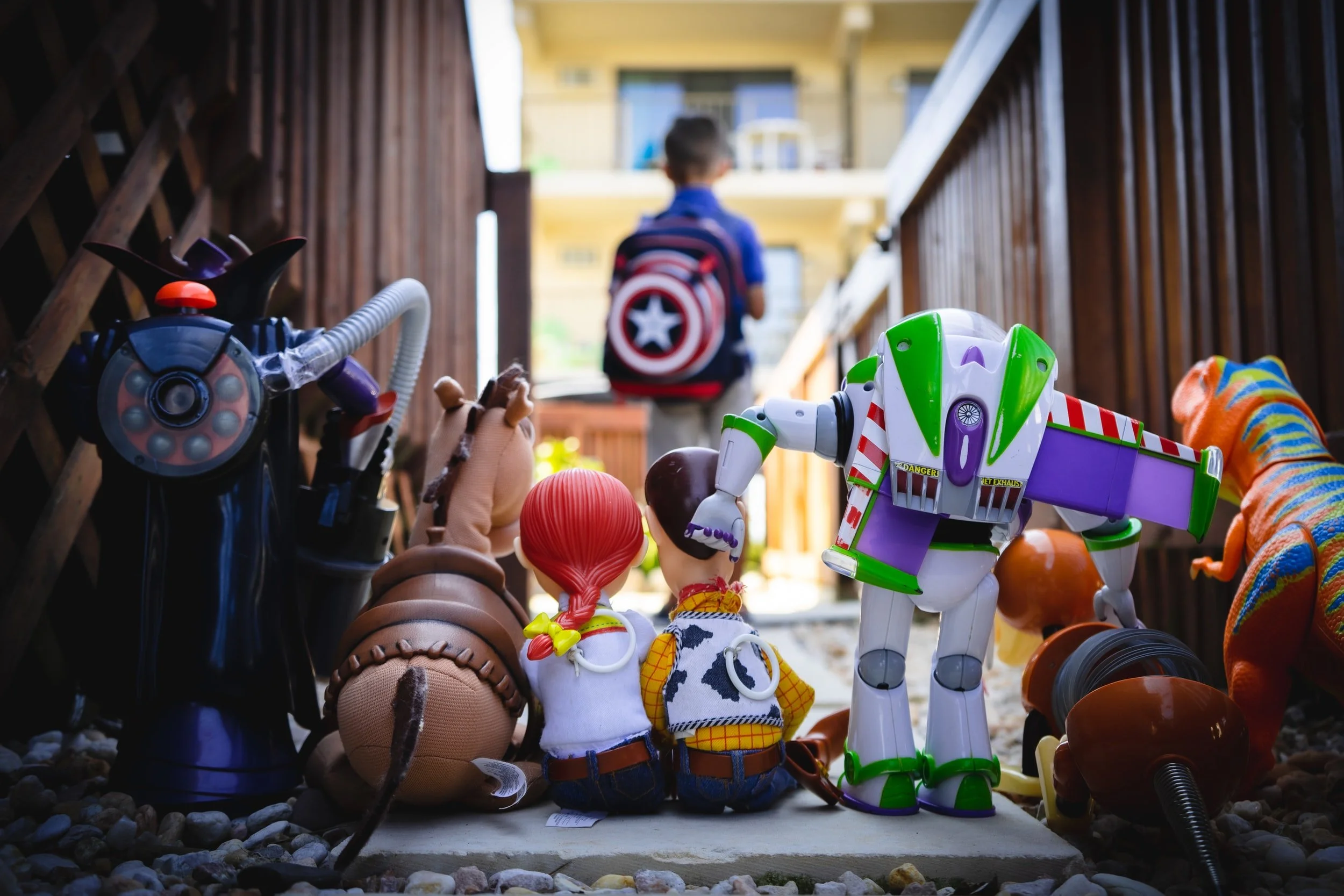8 Shades of Play
Lighten Up! It’s time to get serious about Play!
Play is the ultimate portal to learning for kids and grownups. . We all have signature play styles developed in childhood, but as an adult, you can add to your repertoire. Dr. Stuart Brown, the author of the book Play, identified 8 “play personalities” based on animal and human natural behaviors:
The Joker - laugh - find lightness in your movements
The Kinesthete - move - find pleasure in moving
The Explorer - go deep - where does this move take you?
The Competitor - games or goals - how much less can you do and still feel?
The Director - organize - guide movement through the body
The Storyteller - imagine - write a new narrative about that block
The Collector -make connections - how many variations can you imagine
The Creator - express - how can you use this move in a different context?
We are built to play. In fact, play is a homeostatic function: if we don’t get enough play, we have to make up the deficit.
Fill up your play deficits with “8 Shades of Play”: classic ATMs explored through the eyes, heart, body and mind of your inner child - plus the adult you have become. Two play styles a week for extra fun.
Lesson 1: Joker / Kinesthete
A variation on the “Pressing and Releasing Ribs” lesson by Alan Questel
This week, the side-lying lesson is the background for trying on “The Joker” and “The Kinesthete” play types. The methodology: press the middle, lower and upper ribs into the floor to soften the ribs, spine, neck, hips.
How we play with it:
The Joker loves laughter. There will be some imaginary - or actual - tickling, heart sounds for joy and lightness. Your silliest imaginary friend teases you with her imaginary hand.
The Kinesthete loves moving her body. Imagine ribs, warm and relaxed, melting into the floor or so light that they levitate. The sensual joy of breath flowing in and out.
The Joker loves to laugh and makes others laugh with her
The Kinesthete loves to MOVE
The giggle is our reference move.
Set Up:
Mat on floor, lying on both sides, with head support so cheek and chest are even. Possible roll between knees to protect the back.
Seated on a flat-bottom, armless chair, knees and hips even
Lesson 2 - Director / Collector
This week, it’s a seated lesson to get those hips going. It’s a connect-the-dots around the hips in the form of the infinity sign, figure 8, or, in classic ATM language - dual clocks.
As the director, seek the connections from sit bone to sit bone as the hips rock side-to-side, front-to-back and in connected circles. Drive the movement with the intention of getting the whole body synched up and coordinated.
The collector knows clocks are not just found in the hips. Shoulders, eyes, elbows and feet can all be clocks. Connect the dots and have fun with variations of variations.
Set Up:
Seated on a flat-bottom, armless chair, knees and hips even
Lesson 3 - Competitor / Storyteller
Variations on the “Bell Hand” lessons
The Competitor and the Story Teller may appear to be opposites. The Competitor meets her goals through concentration, focus, and laser-sharp intention. The Story Teller finds her way through an open mind, a wandering path, and receptivity. Together, however, these two approaches create a powerful structure for creativity. The Competitor’s clarity creates the container for the Story Teller to let her imagination run free. (See post about Mind Wandering.)
The ‘meta’ structure for this exploration is the “Bell Hand” lesson, a favorite of musicians, craftspeople: anyone who uses hands, really. It’s a quiet, meditative lesson conducive to dropping into a semi-hypnotic, meditative space.
The Competitor hones her skills with focused intention
The Story Teller revels in imagination
The lesson begins in the mind of The Competitor. Lying quietly supine, the focus is on the subtle movements of one hand. Explore lifting one hand from the wrist, palm, knuckles, fingertips, even elbow and shoulder. Do some movements correspond strongly with your habits? Can you remember different ways to use the amazing instruments that are hands.
Having studied one hand in detail, the Story Teller takes over as the first hand “teaches” the yet-unused hand with a narrative of it’s experiences. From focus to openness, structure to experience.
Set Up:
Lying supine on a mat.
Seated on a flat-bottom, armless chair with knees and hips level
Lesson 4 - Artist / Explorer
Week 4 - The Explorer / Artist
Variations on the “3-Way Hip” lesson
The Explorer can’t resist the pull to go just a little further, a little deeper, to learn a little more about that fascination. She’s curious!
The Artist can’t resist the pull to bring something forth from within. She’s got something to express and that expression cannot be denied.
The “3-Way Hip” lesson can be about extending the self, the body, reaching from the inside out, or releasing from the inside out. It’s also a fundamental lesson to return regularly, as subtleties about the connections from tip to toe, through the core, continue to reveal themselves.
Set Up:
Lying supine on a mat.
Seated on a flat-bottom, armless chair with knees and hips level








